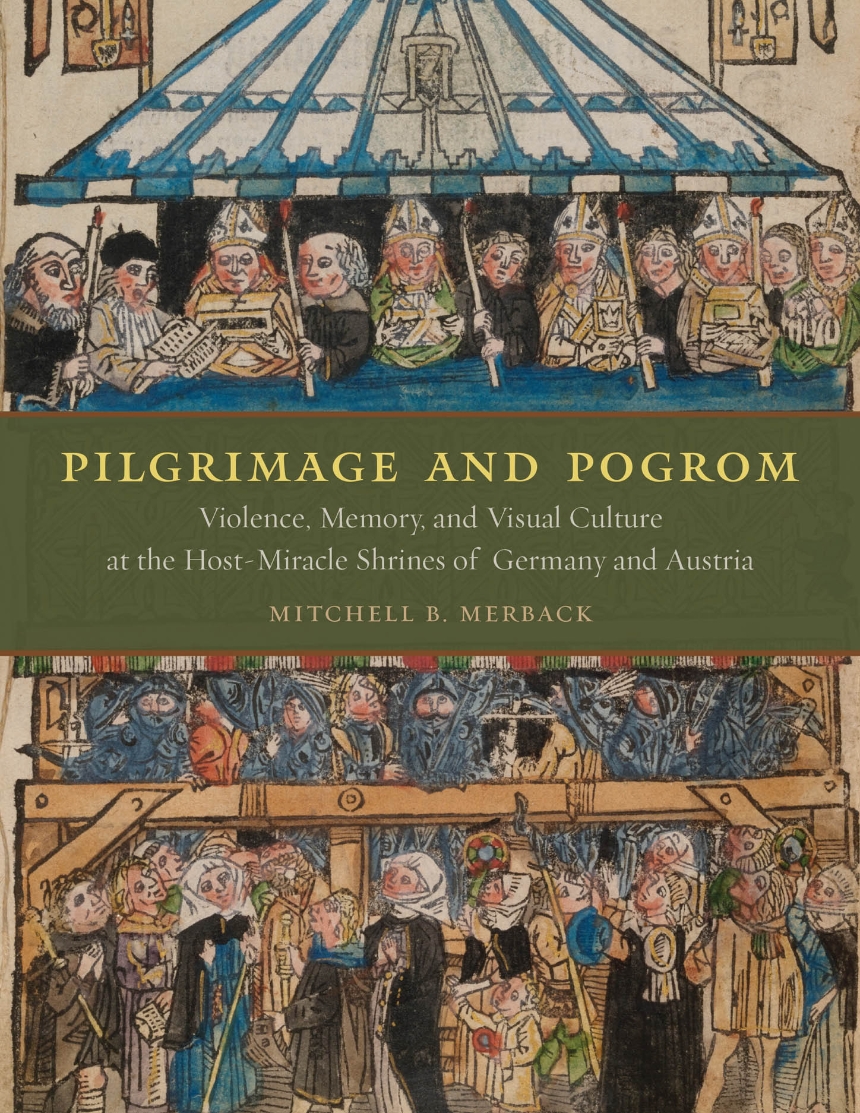Pilgrimage and Pogrom
Violence, Memory, and Visual Culture at the Host-Miracle Shrines of Germany and Austria
9780226520193
Pilgrimage and Pogrom
Violence, Memory, and Visual Culture at the Host-Miracle Shrines of Germany and Austria
In the late Middle Ages, Europe saw the rise of one of its most virulent myths: that Jews abused the eucharistic bread as a form of anti-Christian blasphemy, causing it to bleed miraculously. The allegation fostered tensions between Christians and Jews that would explode into violence across Germany and Austria. And pilgrimage shrines were built on the sites where supposed desecrations had led to miracles or to anti-Semitic persecutions. Exploring the legends, cult forms, imagery, and architecture of these host-miracle shrines, Pilgrimage and Pogrom reveals how they not only reflected but also actively shaped Christian anti-Judaism in the two centuries before the Reformation.
416 pages | 20 color plates, 122 halftones | 8 1/2 x 11 | © 2013
Art: European Art
Religion: Christianity
Reviews
Table of Contents
Acknowledgements
Introduction
Part I Cult-Formation, Event, Legend
Chapter 1. “God’s Body Was Found There”
Chapter 2. Findspot
Chapter 1. “God’s Body Was Found There”
Chapter 2. Findspot
Part II Visual Culture of the Host-Miracle Shrines
Chapter 3. “His Blood Poured Out”
Chapter 4. Memorial to a Sacrilege
Chapter 5. Tokens of Violence
Part III Pilgrim, Relic, and Regime in the German Empire
Introduction. Shifting Contours of Sanctity
Chapter 6. The Pilgrim’s Access
Chapter 7. Relics, Immanence, and the Causes of Empire
Part IV Holy Blood and the Spaces of Cult and Memory
Introduction. Paroxysms of Sacred Space
Chapter 8. Holy Savior, Holy Sepulcher
Chapter 9. Topographies of Cult and Memory
Epilogue
Appendix The Pulkau Host-Miracle Legend: A Reconstruction of Three Versions
Notes
Bibliography
Notes
Bibliography
